|
Uttana Padasana--the Leg Lift--is a simple, safe and effective posture that has been forgotten by modern western iterations of Ghosh Yoga.
This is a posture that was demonstrated and instructed by Buddha Bose, Dr. Gouri Shankar Mukerji, Dr. PS Das, and Bishnu Ghosh himself. It is among 32 exercises that Ghosh considered appropriate to teach to the average population. The position strengthens the hip flexors and the abdomen, helping to stabilize the spine. It is practically without contraindication, meaning it is safe for just about everybody.
0 Comments
Most of us have tight necks and shoulders. We sit at computers for hours at a time, holding our arms in front of us and craning our necks forward. And we carry things like backpacks and grocery bags, tightening the muscles on top of the shoulders.
Over time, the shoulders start to lift up toward the ears, even when we are at rest. The muscles can start to spasm painfully and increase the general tension in the body. It is difficult to stretch and release them. Massage helps but is temporary. The best way to release these muscles is to balance them with strength in the muscles under the shoulders, the muscles that push the arms down and hold the arms against the body. Luckily, this is a simple thing to do, even with just the body's weight. Just sit on the ground with your legs outstretched. Put your hands on the floor next to you. Push down with your hands and lift your butt off the ground. This strengthens the muscles under the shoulder blade that pull the shoulders down. Strength here will balance the shoulder and allow the tops--where the tension lies--to release. If it seems that your arms aren't long enough to lift your body up, you can put blocks or books under your hands or do the exercise in a chair. The effect is the same. This movement is essentially the same in the shoulders as postures like Palmstand, Fingerstand and Lifting Lotus, and exercises like dips. INTENTION
This posture compresses the intestines, encouraging movement that aids digestion and elimination, removing air. Most of the power of this posture comes from the breath. Once you are holding the knees tightly, relax the abdomen and breathe deeply into the belly. The belly will push against the thighs, building pressure within. This creates internal heat and massages the intestines. Keep the spine as straight as possible. BREATH Breathe deeply into a relaxed abdomen. Inhale and exhale slowly and completely. BENEFITS This posture improves digestion and reduces bloating in the belly. It stretches the hips and knees. It strengthens the breathing muscles, including the diaphragm. It improves lung capacity and breath control. Excerpt from the Ghosh Yoga Practice Manual - Beginning. Is knowledge unchanging?
If knowledge does not change, how and why do we learn? Can we improve our knowledge? If knowledge changes, why do we revere old texts? Haven't we evolved beyond ancient ideas? If knowledge does not change, is all progress an illusion? Are we simply lying to ourselves to create a false sense of meaning? Is our meaning defined by our progress? If knowledge changes, must we constantly readjust to new realities? What defines those realities, if not our knowledge? In the early verses of the Hatha Yoga Pradipika, one of the most important and comprehensive texts of hathayoga, six obstacles of yoga are listed.
"Yoga perishes by these six: overeating, overexertion, talking too much, performing needless austerities, socializing, and restlessness." (1:15) Let's take a closer look. OVEREATING It is interesting that overeating is listed as the first obstacle, especially considering our current culture's all-encompassing obsession with food, health, fitness, etc. Let's try to look at it from a yogic perspective. As we progress in our practice, we improve our awareness of the different energies in the body. One of these energies---a very strong one---is the downward energy stimulated by eating and digesting. Yogically speaking, this function of the body overpowers the other energies including the upward energy of the breath and (according to some) spirit. You may notice that you feel heavy after you eat. Also you have to go to the bathroom. These forces make it difficult to have a useful meditation. OVEREXERTION Avoid overexertion. This is an instruction that is often overlooked as yoga practices become more physical and greater exertion is encouraged. Overexertion applies to both physical and mental practices. Since the goal of yoga is generally balance and unity, we seek a middle path. Moderate exertion. When we put lots of effort into something, even if it is our yoga practice, we are actually getting farther from our goal which is balance. TALKING TOO MUCH In a practice that is as inwardly focused as this, any talking is a distraction. Talking is always outwardly focused, and it draws the mind away from its purpose of inward awareness. Of course, a certain amount of talking and interaction is necessary to function in the world. But this instruction reminds us to limit our talking, as it directs the mind in ways that are damaging to a yoga practice. PERFORMING NEEDLESS AUSTERITIES This instruction is related to the one about "overexertion." The practitioner should not get too caught up in the rituals, rules and doctrines of the practice. Regulations offer guidance and structure, but it is easy to become obsessed about their performance. Unless we are careful, before too long the entirety of our practice is simply the performance of ritual and austerity. Since the path of yoga is a journey toward balance, we must beware of any step toward extremism, even in the name of ritual or tradition. SOCIALIZING On first glance, this instruction seems similar to the one about "talking too much." Another translation clarifies, "being in the company of common people." "Gossiping with people who have low morals, base consciousness and sensuous desires cannot enlighten your soul, rather, their negative vibrations may influence you. Social situations and irrelevant discussions definitely distract the mind from [yoga practice]." (1) On its face this explanation seems elitist, but it is absolutely true. We like to pretend that our company and conversations have little or no impact on who we are or what we think, but they have a profound impact on our thoughts and actions. When we pretend that these things don't matter, it is simply because we are placing something else---like politeness or another's opinion of us---in higher importance than the well-being of our own thoughts. It is also possible that we are not aware of the impact on our thoughts. RESTLESSNESS This is perhaps the most obvious of the obstacles. Restlessness comes in many forms: an active mind, easy distraction, a fidgety body, impatience, lack of persistence, etc. It is easy to see how these things prevent us from progressing in our practice. This is why so many of the beginning practices of yoga are designed to remove restlessness, build attention and focus. 1. Hatha Yoga Pradipika, p.52. Commentary by Swami Muktibodananda. INTENTION
This short group of postures is our first movement after breathing. We bend the spine alternately forward and backward. The asymmetry in the lower body—one leg forward and one leg back—improves our balance and body awareness while opening the hips and lower back. Connect with the warming, strengthening and opening sensations. Try to be stable, though at first you may feel wobbly. Work to feel your spine bending evenly in the backbend and forward bend. Avoid any sharp sensation in the spine—it means you have gone too deep without support. BREATH In the backbends, the lungs are extended so the breath will feel shallow. Keep the breathing relaxed even though the breaths will be about 50%. In the forward bends the lungs are compressed as we engage the chest and abdomen. Focus on the breathing muscles on the backside of the chest. Breath will be about 60% in these positions, but it will feel much more relaxed than in the backbends. BENEFITS These postures make the spine exible, releasing the muscles of the deep spine and low back. They stretch and strengthen the shoulders, chest, back, pelvis, legs, feet and abdomen including the psoas. They improve balance. The forward bend compresses the intestines, stomach, liver, pancreas and throat, encouraging circulation in the digestive system and the endocrine system. An excerpt from the Ghosh Yoga Practice Manual - Intermediate People often reference the use of breath when delineating a yoga practice in comparison to other forms of exercise or movement. This results in phrases like "take a deep breath" being common teaching cues. While breathing deeply can be effective sometimes, it is not always appropriate. Breathing and holding a posture both require specific muscular usage. When the muscular engagement of a specific posture conflicts with the how the muscles of breathing operate, we run into physical issues. A great example of this is Plank pose.
There are two ways in which the body breathes. First is in the chest. (This is how we breathe in an exercise like Standing Deep Breathing.) Breathing in this way uses the intercostal muscles, which are made up of several sets of muscles that expand and shrink the ribcage and chest cavity. Using the intercostal muscles effectively requires that the abdominal muscles are relaxed. The second way in which the body breathes is known as "abdominal" or "belly" breathing. This breathing uses the diaphragm and the transverse abdominis. (This is how we breath in Kappalabhati.) When we do Plank pose, we largely rely on the rectus abdominis, or six-pack muscle, to stay engaged. This engagement slightly pulls our ribs down and in, toward our pubic bone, which keeps our spine straight. Without this engagement, we would do something resembling a sway back. The rectus abdominis is however, intricately connected to the transverse abdominis which is not just a breathing muscle but, especially in a pose such as Plank, also a muscle of stability. When breathing, it is next to impossible to inhale without the transverse abdominis relaxing, especially in abdominal breathing. However, this is also the case if you breath into the chest, since the abdominal muscles have to release for the ribs to lift. So, considering all of these muscular functions means that any inhale you take in Plank pose (especially a deep one), will cause the abdominal muscles to relax. Since the abdominal muscles are what support this position, breathing in this posture will actually destabilize the spine and release the structure of the posture. Contortion, or extreme flexibility, has existed in practice for a long time. It was a part of circus acts, acrobatics, street acts and other performative physical displays. In the early part of the 20th century, when the Ghosh Yoga lineage was developing, contortion started to influence the physical culture movement in India.
As Elliott Goldberg suggests in his book The Path of Modern Yoga, it was physical culturists who first accepted “contortion tricks as a new norm for flexibility.” One reason for this was the opinion that contortion had a positive impact on health. A few teachings even mirror those of Bishnu Ghosh and his colleagues in therapeutic yoga. First, that forward bending, backward bending and twisting the spine are of primary importance to health. And second, that stretching and compressing muscles in the body squeezes out blood and allows a flush of fresh blood when released. (This idea, often called the tourniquet effect, is questionable.) Both are ideas that have since made their way into modern asana practice in the Ghosh lineage. While health claims were one of the selling points, contortion was adopted largely for public display. Stunts and tricks were performed for audiences large and small, sometimes on television programs or tours, with the hope of gaining recognition. This is still the case today, as the motivation behind which yoga postures to incorporate into practice oscillates freely between health benefits and impressive, performative physicality. It is true that some postures we practice today, even impressive ones, have roots in yogic texts compiled prior to the 20th century. But taking a look at several references, we can clearly see that contortion exercises influenced positions that are widely practiced today. This is the case for advanced postures like Dancer, intermediate postures like Pigeon and even beginning postures such as Eagle. When linking the hands together, you have a choice of grips as shown above.
Grip 1 (pictured above left), with the fingers interlaced and the pointer finger extended, is the most beginning of the grips. By linking the hands together we can engage the arm muscles to straighten the arms and stretch and strengthen the shoulders. Grip 2 (pictured above center), with the palms together and only the thumbs crossed, is more challenging than Grip 1. Each arm straightens with mostly its own strength, so our shoulders, chest, back and arms need to be more flexible and strong. The crossed thumbs allow for a little bit of bracing and support from the opposite arm. Grip 3 (pictured above right), with the palms flat together, is the most challenging and advanced of the grips. Each arm is completely independent, so the shoulders and arms become symmetrical, not relying on the stronger arm to carry the weaker one. HOW TO CHOOSE YOUR GRIP Simply put, choose the most advanced grip you can while maintaining the integrity of whichever posture you are practicing. This requires some body awareness. If, while in the posture, you feel your arms or upper body start to collapse or become uneven, change your grip to a more stable version. As you transition to more advanced grips, draw your attention and focus away from the hands and into the shoulders and torso, building symmetry and awareness of the center of the body. An excerpt from the Ghosh Yoga Practice Manual - Intermediate Once we are using the body to breathe fully and properly, we start to affect the depth and frequency of the breath. This does two things: It changes the chemistry of the blood, which has lots of impacts on the function of the rest of the body; and it begins to bring us in touch with our autonomic nervous system, the part that controls our sub-conscious breathing and heart rate.
OXYGEN & CARBON DIOXIDE You may hear people talk about "oxygenation" of the blood through deep breathing, but that is not really what happens. Due to something called the (nerd alert!) oxygen-hemoglobin dissociation curve, it is next to impossible to change the amount of oxygen in our tissues in any meaningful way. Hemoglobin---the protein that carries oxygen in the blood---holds on tighter to oxygen when there is less coming in through the lungs. When there is lots of oxygen coming in, the hemoglobin allows it to come and go freely. This results in a steady supply of oxygen to the cells and tissues of the body, regardless of how much we breathe. The real chemical element that changes when we do breathing exercises is carbon dioxide. When we breathe more than normal, we expel lots of carbon dioxide from our system, changing the chemistry of the blood. Less carbon dioxide makes the blood alkaline, resulting in a cascade of secondary effects in our nervous system, lungs and brain. We often feel it as "light-headedness." When we breathe less than normal---the ultimate goal of yogic pranayama practice---carbon dioxide builds up in our blood, making it acidic. This creates a similar but opposite cascade of effects in the nervous system, lungs and brain. It causes dilation of the vessels in the brain and the desensitization of the peripheral nervous system. We feel it as a calm (or even numb) body and an alert mind. Does that sound like meditation to anyone? Once we are aware of the effects of our breathing on our brain, we start to control it. This is when we enter Level 3, where the true practice of Pranayama begins. |
AUTHORSScott & Ida are Yoga Acharyas (Masters of Yoga). They are scholars as well as practitioners of yogic postures, breath control and meditation. They are the head teachers of Ghosh Yoga.
POPULAR- The 113 Postures of Ghosh Yoga
- Make the Hamstrings Strong, Not Long - Understanding Chair Posture - Lock the Knee History - It Doesn't Matter If Your Head Is On Your Knee - Bow Pose (Dhanurasana) - 5 Reasons To Backbend - Origins of Standing Bow - The Traditional Yoga In Bikram's Class - What About the Women?! - Through Bishnu's Eyes - Why Teaching Is Not a Personal Practice Categories
All
Archives
May 2024
|

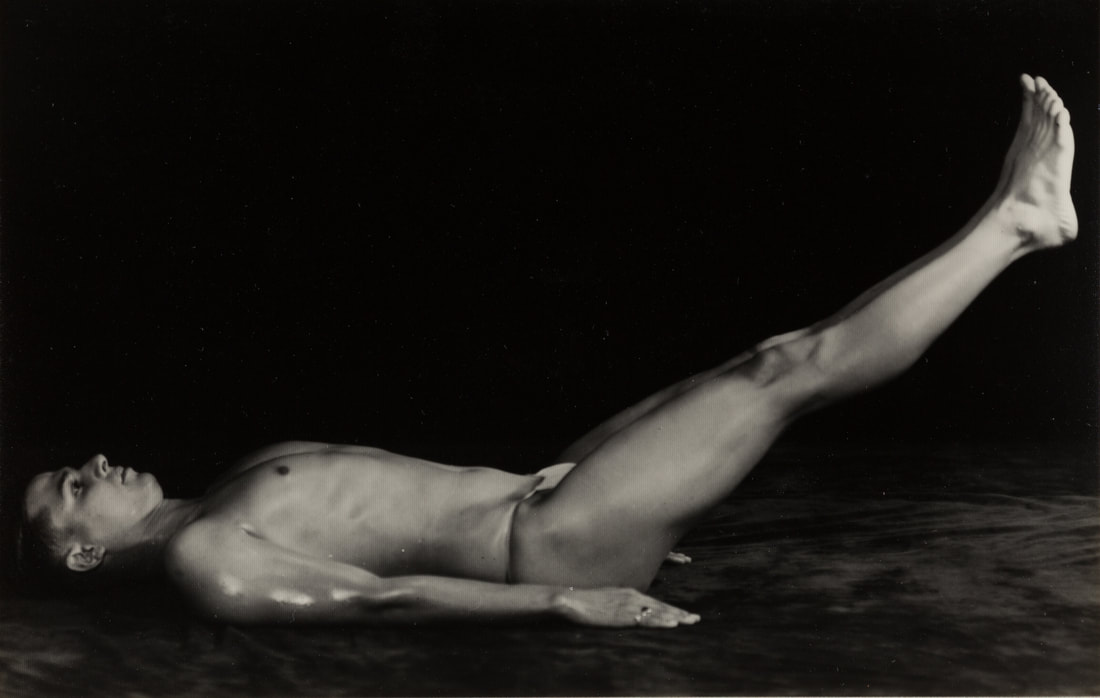
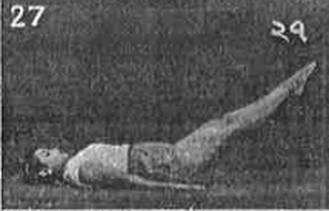
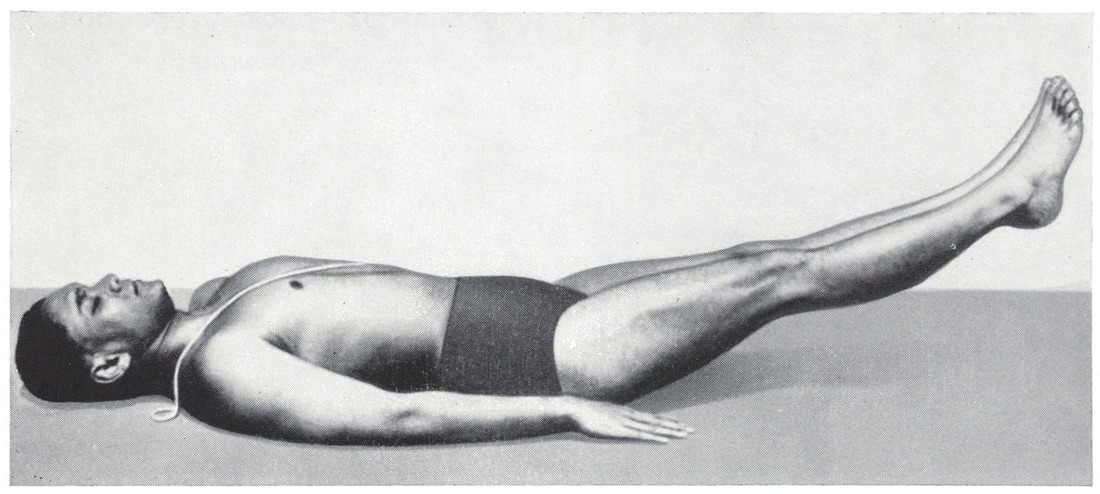
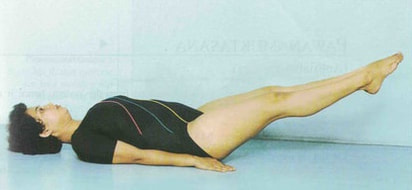
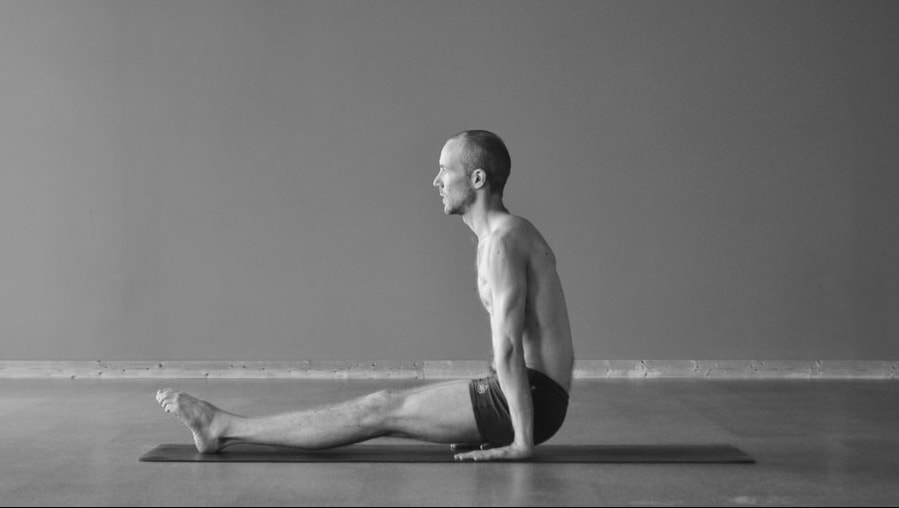
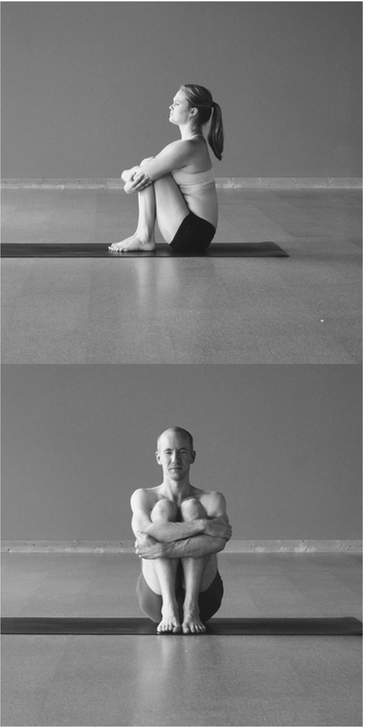
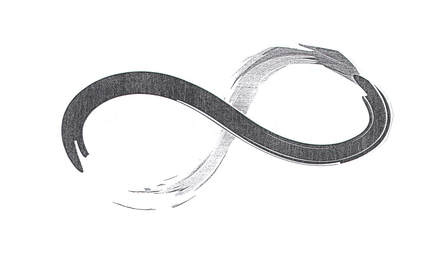
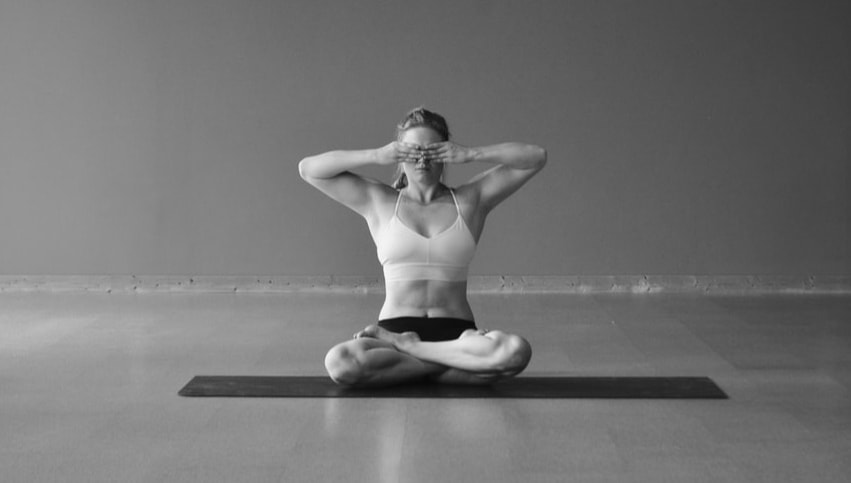
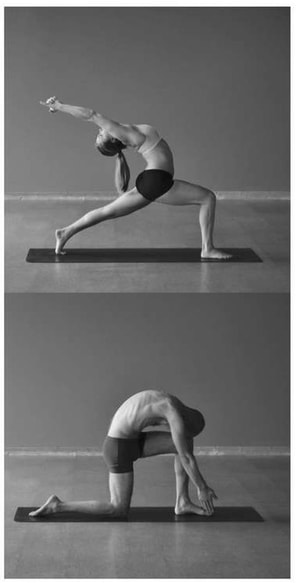
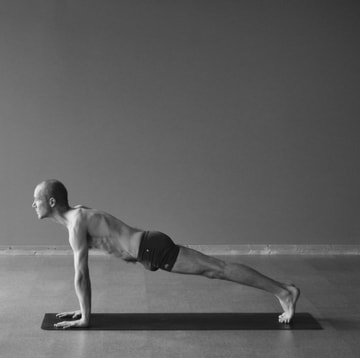
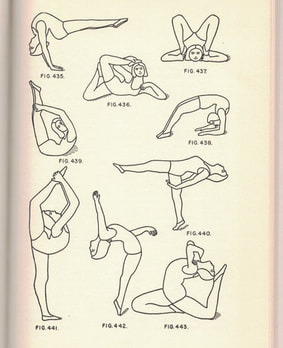
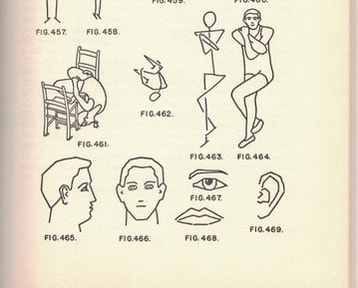

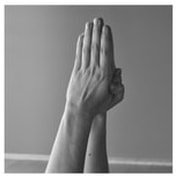
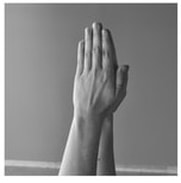
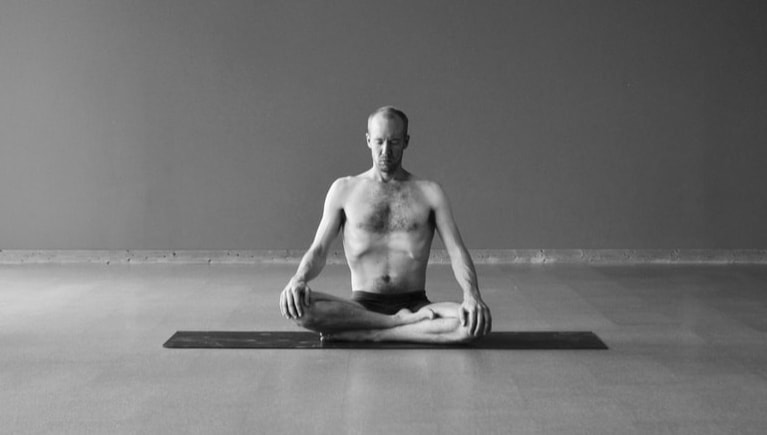





 RSS Feed
RSS Feed